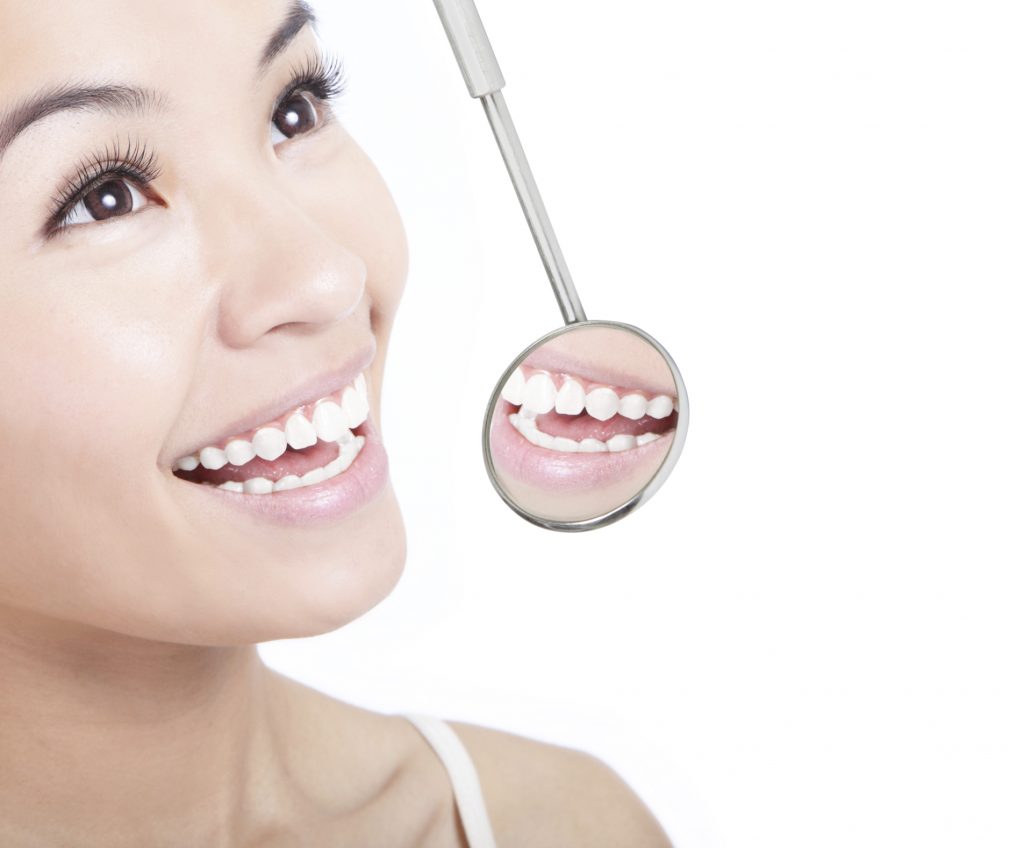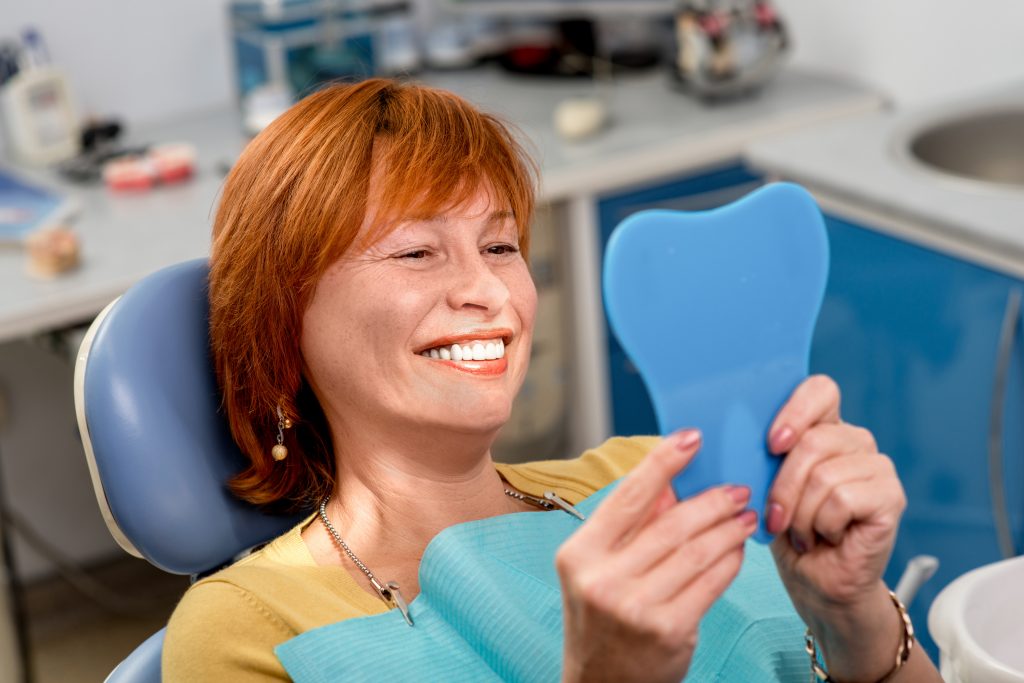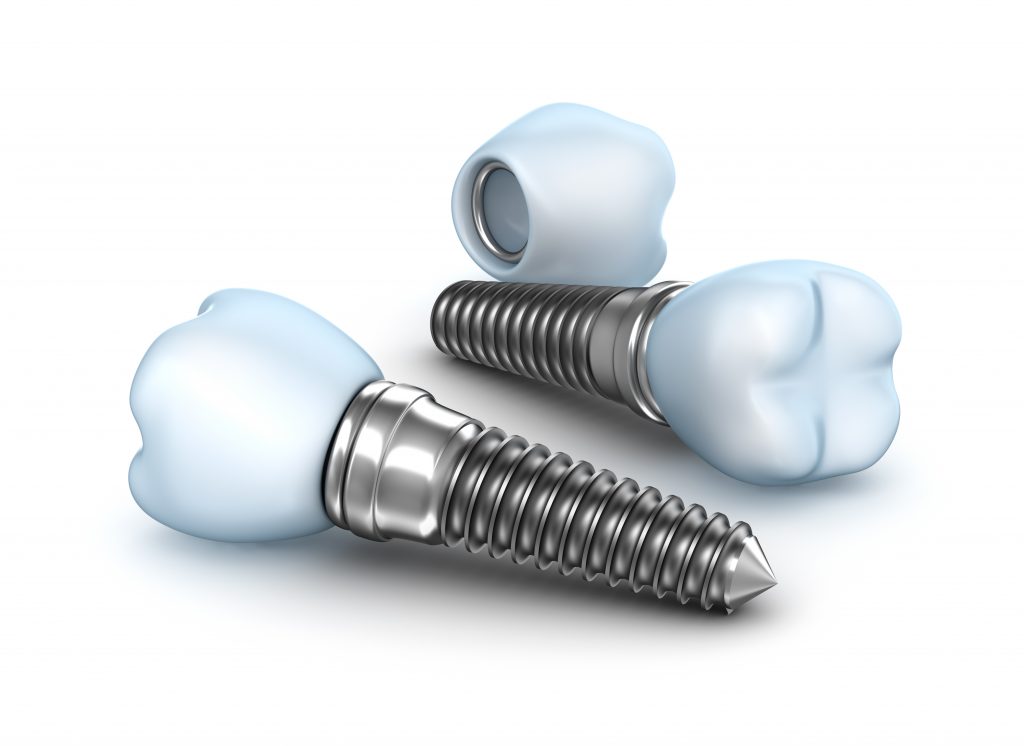
When it comes to missing teeth, the main goal is to return your smile to its original form. Thankfully, there are many options to choose from, depending on your particular case, and both you and your dental professional will discuss your treatment options before repairing the issues. But what are these dental procedures, and what are the differences between them? The following will break down each procedure and give you some pros and cons for each. Having as much information as possible will not only help your procedure go as smooth as possible, but will ease any apprehension you may be facing:
Tooth-supported fixed bridge. A traditional bridge involves grinding down adjacent teeth to support the bridge. It is a stable solution with good esthetics and function that is fairly easy to install. However, this alternative has two main disadvantages: continuous bone resorption in the edentulous area and sacrificing healthy teeth on behalf of the bridge.
Removable partial denture. This is not a permanent alternative to a lost tooth. It is unstable and loosely attached, which affects both function and comfort. A removable partial denture is made of plastic – a material that can’t create the same esthetic result as a ceramic crown. The benefits are few but do exist; adjacent teeth aren’t affected. It is easily and quickly installed and relatively cheap.
Resin-bonded bridge. This alternative has some clear advantages – it’s quickly installed, functions well and, since it is made of ceramic, it gives a high esthetic result. What’s even better, your natural, healthy teeth aren’t affected at all. Unfortunately, the issue with dental bridges is that they aren’t very permanent. The resin-bonded bridge will eventually come off after just a couple of years and will need to be reinstalled.
If you would like more information about missing tooth options, call Dr. Cabrera in Chicago, IL at 312-994-7939 or visit www.perioimplantchicago.com.
Dr. Peter O. Cabrera proudly serves Chicago and all surrounding areas.








